Everything you need to know about the Russian food basket

What food products are most in demand among the Russians and what is lacking in the Russian market?
Today, the Russian food market has great opportunities and prospects for the development of foreign manufacturers and suppliers of food and beverages. But, before entering the local market, it is worth carefully studying its features and the consumer basket of Russians. What products are most popular among Russians? Which food sectors are in short supply? What products are still few or not produced in Russia at all? You will learn about all this in the material.
The most popular food among Russians
According to a sociological study by the Analytical Center and the Roscongress Foundation, the most common foods in the diet of Russians are vegetables. 46% of Russian citizens eat them almost daily. The second and third places were occupied by dairy products and sweets (36% each one). Fruits are consumed on a daily basis by 30% of Russians, poultry meat (chicken, turkey, etc.) - 24%, red meat (beef, pork, etc.) and products from it - 23%.
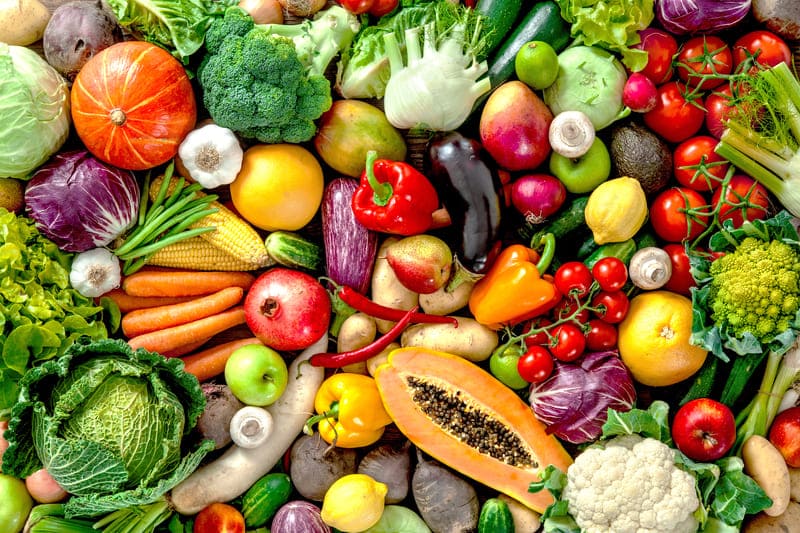
According to the results of another sociological survey conducted by Russian Standard Bank, bread is in the greatest demand among Russians. In the summer of 2022, the total amount of spending by Russian citizens on bread increased by 3% compared to the same period in 2021. And for the first three quarters of 2022, the share of checks where bread was found amounted to 25% (in January-September 2021, this figure was 24%).
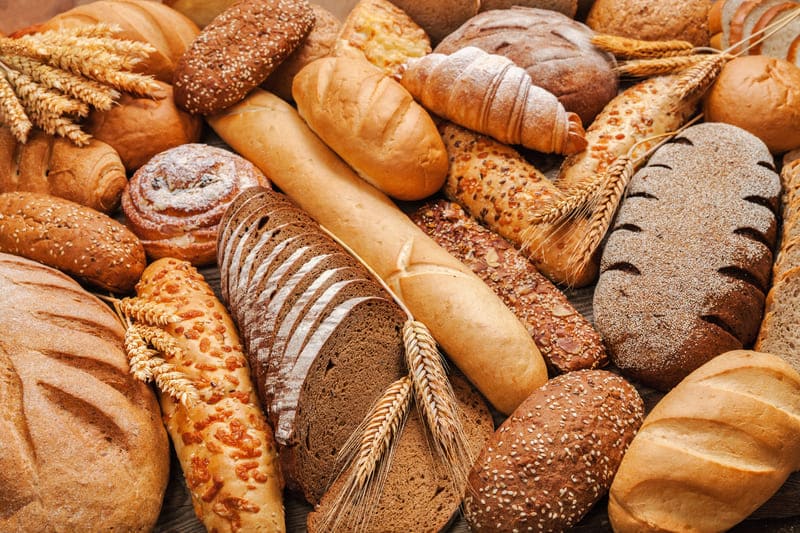
The second place in the ranking of the leading products in demand was occupied by meat, despite the fact that the total amount spent on its purchase in the summer of 2022 decreased by 12% compared to last year's figure for the same period. The share of checks with meat products in January-September 2022 amounted to 21%. A year earlier, this figure was slightly higher - 22%.
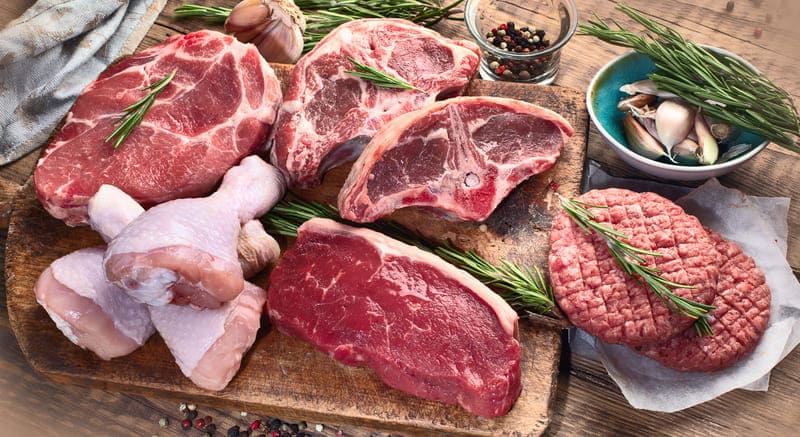
Milk came in third place: compared to the summer of 2021, in 2022, the total amount of spending by Russians on milk increased by 6%. For the first three quarters of 2022, the share of checks containing milk was 19% (against 17% for the same period in 2021).
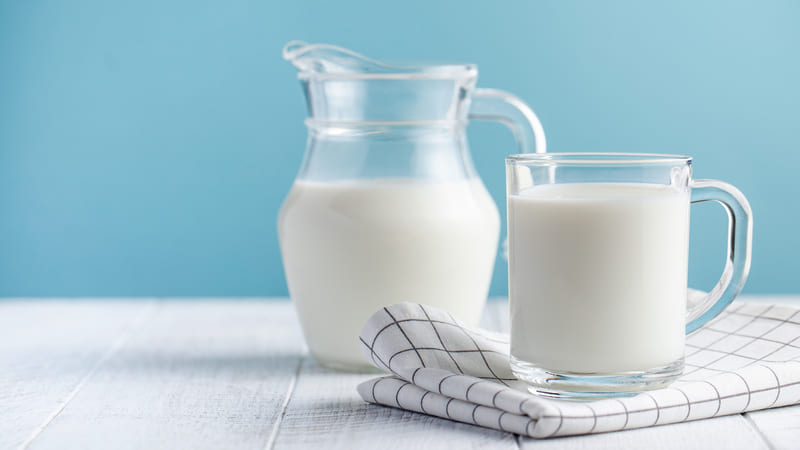
Cheese was also among the top five most requested products, but its sales in the summer of 2022 decreased by 6% compared to the summer of 2021. The demand for cheese in January-September 2022 did not change compared to the same period in 2021: cheese was found in 19% of cash receipts.
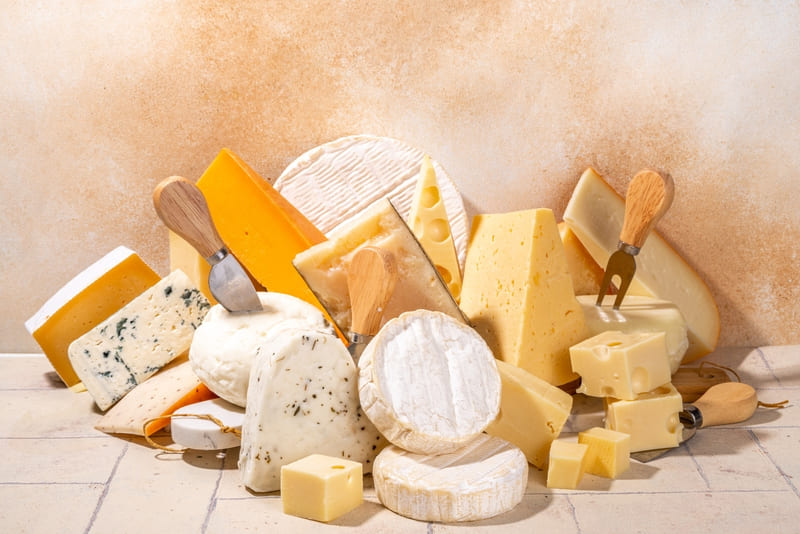
Coffee products closes the TOP 5 popular food among Russians, although its sales in the summer of 2022 also decreased by 6%. In January-September 2022, the share of coffee receipts was 16%, and in the first three quarters of 2021 - 18%.

Some experts believe that in 2023, herbal teas and decoctions, semi-finished home cooking, farm products (milk, eggs, meat, poultry, vegetables, fruits, berries, jam, flour, grain) will be among the most popular food products on the Russian market as well as alcoholic beverages.
Product categories, the production of which is not enough in Russia
Many food products, which are among the most popular among Russians, are purchased by Russia abroad due to geographic and climatic features - it is simply impossible to produce such products on the territory of the country, or it is unprofitable, or it is impossible to establish the volume of production necessary for the market. In addition, some goods at some point in 2022 have practically moved into the “scarce” category. Among them were sugar, vegetable oil, cereals, instant coffee and in grains, some imported fruits, and confectionery. However, this shortage was due to a greater extent to the rush demand and the restructuring of supply chains.
As for products imported by Russia, they include fruits, processed dairy products like cheese, yogurt and baby food, alcohol, tea, coffee and more. In recent years, the level of self-sufficiency of the country with basic foodstuffs has increased significantly, however, in some areas, the goods of Russian manufacturers are not enough for domestic consumption.
For example, over the past five years, the production of fruits and berries has almost doubled in Russia. Nevertheless, at the moment its volumes are less than half of what is needed (44% of total consumption), so a significant part of fruits and berries is imported from abroad. In particular, pears are imported into Russia, although the share of their imports is gradually decreasing. Today, about half of the total consumption of pears is produced domestically. In recent years, the production of its own apples has been growing in Russia, but so far it is able to cover about 60-70% of consumption. Therefore, retail chains continue to buy apples, including abroad.
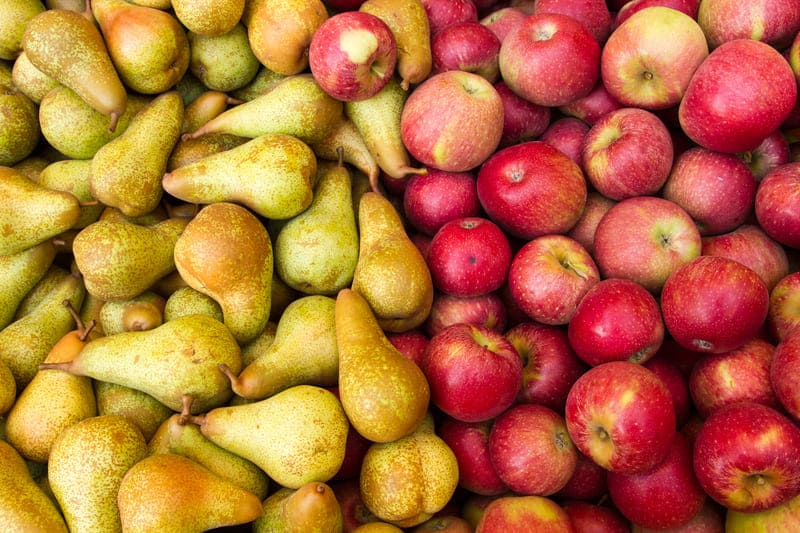
There is a lack of domestic production for some categories of vegetables. For example, the production of such a familiar and not at all exotic vegetable as garlic is poorly developed in Russia. As of 2021, 74% of the total garlic market was supplied from China, and in general, the share of imports was estimated at 90%. The provision of Russia with tomatoes is also insufficient: in 2021, the share of domestic production was 60%.
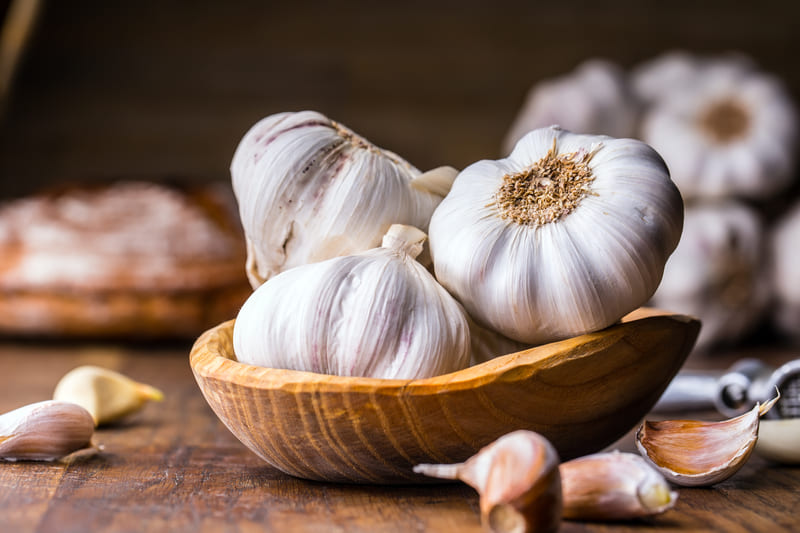
The Russian market is promising for foreign producers and suppliers not only for fresh vegetables, fruits and berries, but also for dried ones. Despite the fact that the volumes of domestic production are growing (from 2016 to 2019, the growth was 23.1%), about 84% in the import structure falls on the category of dried fruits and berries.
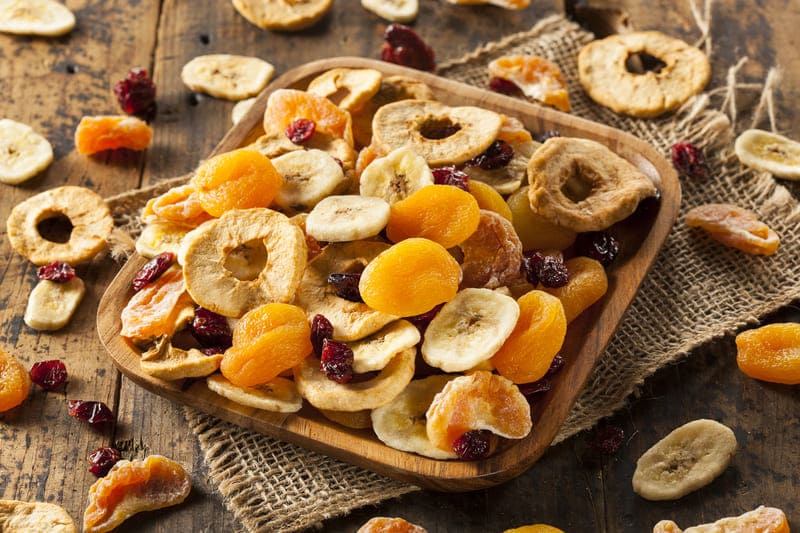
In addition, Russia is consistently among the top three tea importing countries. Russians are one of the main consumers of tea in terms of per capita (1.8 kg/person). About 80% of citizens prefer black tea, while 44% and 19% prefer green and herbal teas, respectively. In recent years, the level of self-sufficiency in tea in the country has been increasing (at the end of 2020, the share of self-sufficiency in total consumption was 42.1% compared to 34.9% in 2016), however, this niche is still open to foreign suppliers.
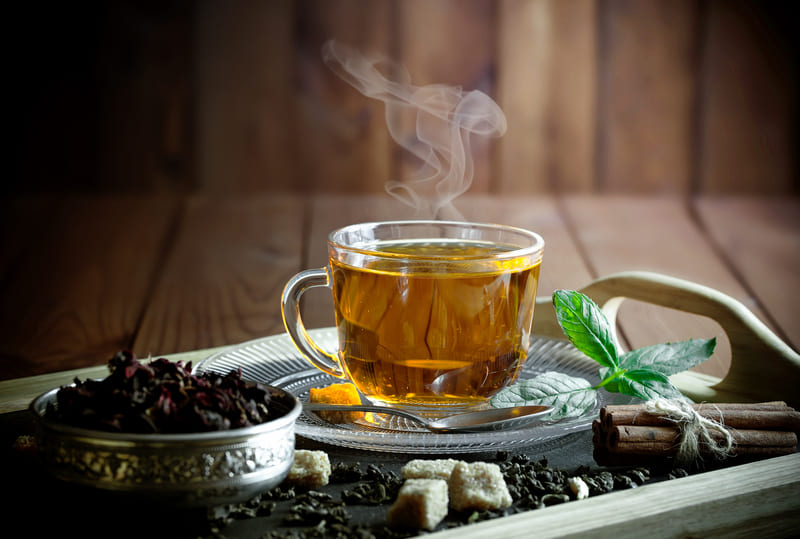
Russia also lacks its own production of nuts. Although the climate in the southern regions of the country allows the growing of hazelnuts, walnuts, almonds, the share of imports in the consumption of nuts is more than 95%. In general, in Russia and in the world, the consumption of nuts is actively growing, and the collection of nut fruits is increasing. Experts attribute this to the global trend for a healthy diet, of which nuts are also a part.
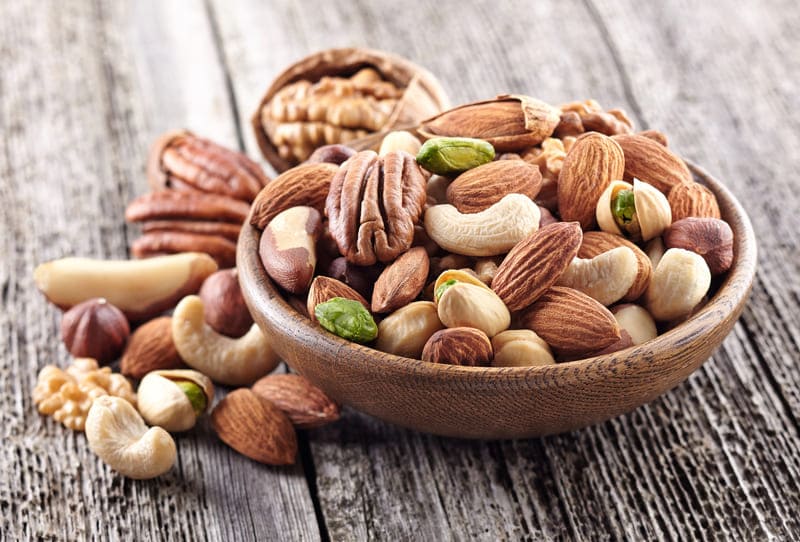
Another category, where the share of domestic production is extremely small (no more than 7%), is baby food for children under six months old. The reason is that Russia does not produce the main component of breast milk substitute - demineralized whey.
What food products are WorldFood Moscow visitors looking for?
The International Autumn Food and Drink Exhibition WorldFood Moscow features 16 sections covering all food categories. In 2022, the sections with confectionery and bakery products, groceries, tea and coffee, fruits and vegetables, healthy food, and organic products, as well as dairy products and cheeses became the most popular among visitors to the exhibition.
Food interest of WorldFood Moscow visitors:
- 42% (7,874) — Confectionery and bakery
- 31% (5,686) - Grocery
- 30% (5 630) - Tea and coffee
- 28% (5,140) - Fruits and vegetables
- 27% (5,095) - Healthy food and organic
- 27% (5,094) - Dairy products and cheeses
- 25% (4,712) - Fish and seafood
- 25% (4,634) - Meat, poultry and eggs
- 23% (4,348) - Conservation
- 23% (4,185) - Frozen products and convenience foods
- 20% (3,743) - Soft drinks
- 19% (3,546) - Fat and oil products and sauces
- 19% (3,158) - Ingredients
- 15% (2,782) - Alcoholic drinks
- 11% (2040) – Halal
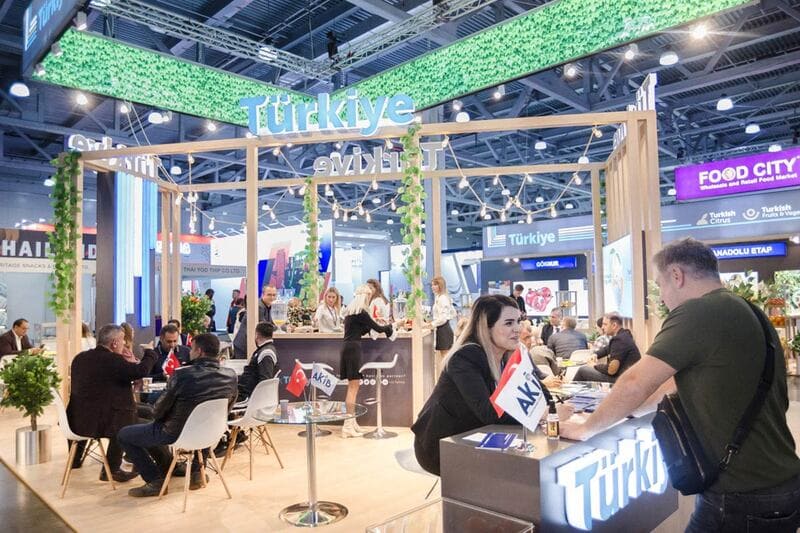
The main purpose of visiting the exhibition among retail and HoReCa specialists is to search for food and beverage suppliers. Your company can become a participant in one or more sections of the WorldFood Moscow 2023 exhibition, demonstrate its products and novelties to company owners and their deputies, heads of functional areas, managers responsible for purchasing and forming assortment matrices, and thus enter the Russian food market.
